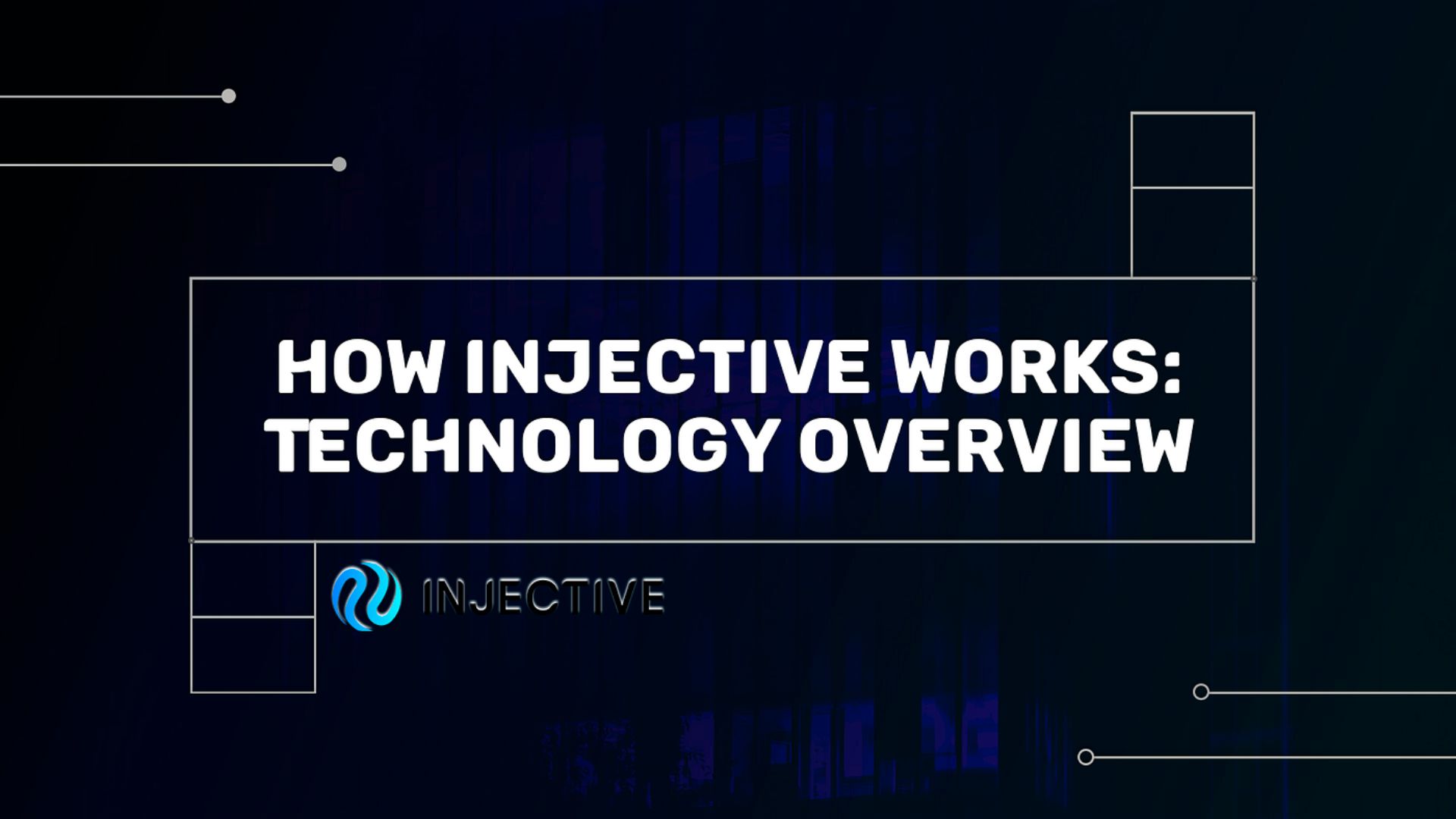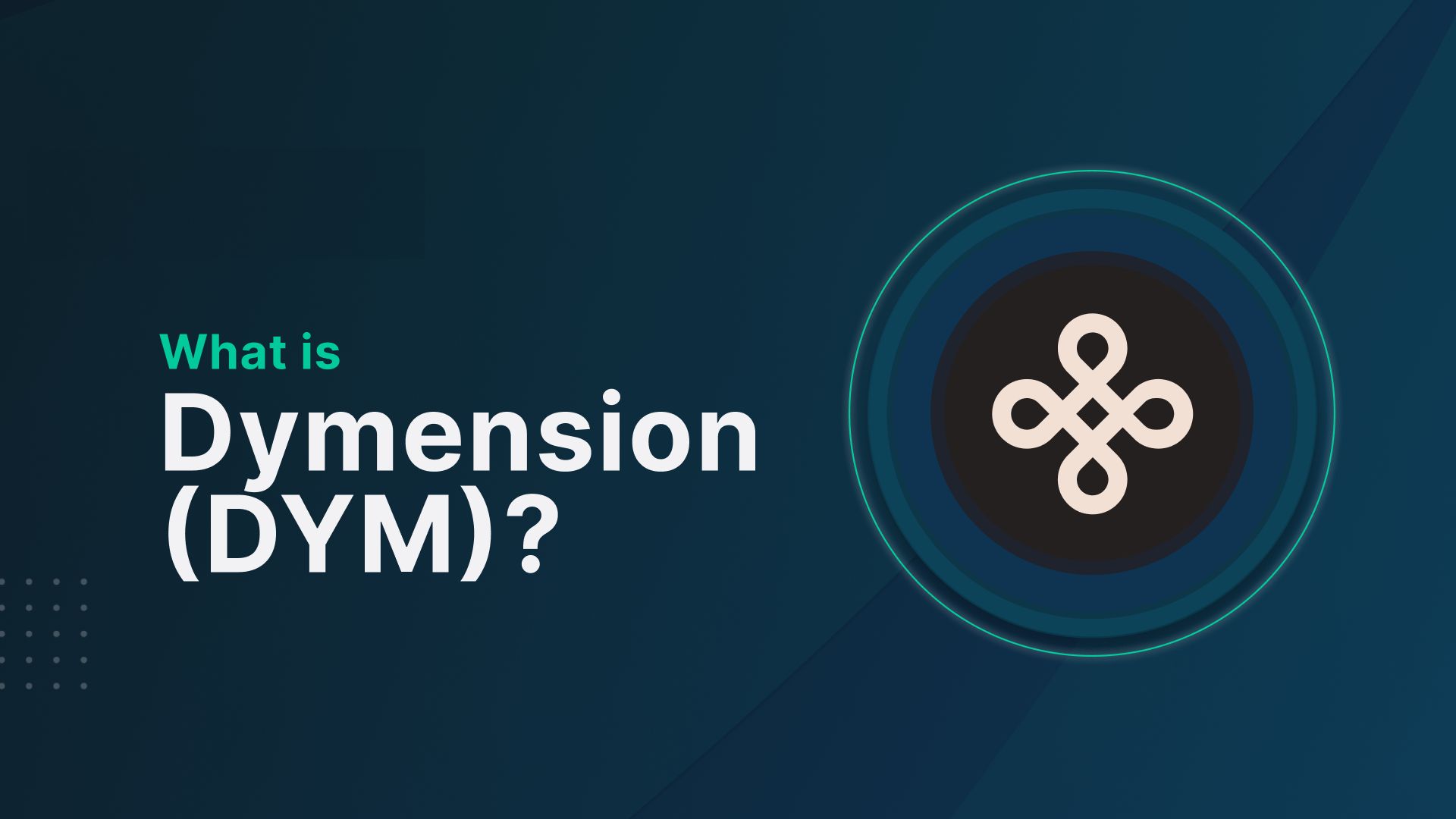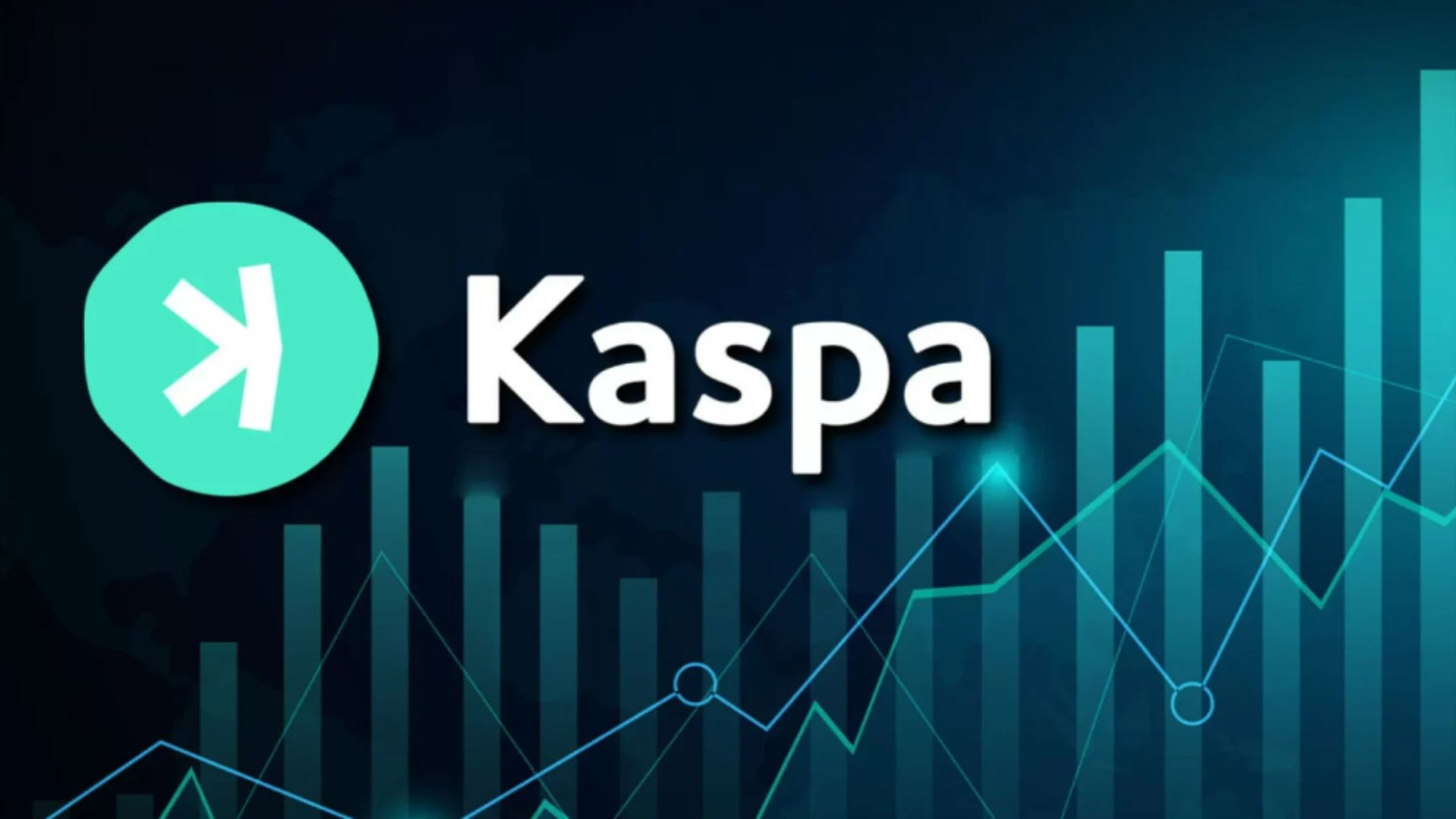What is Injective (INJ)? An Innovative Blockchain Platform 2024

What is Injective (INJ)? An Innovative Blockchain Platform 2024. The Injective blockchain is a layer-one protocol specifically developed for developing decentralized finance (DeFi) applications with great interoperability and efficiency. It focuses on providing quick transactions with instant finality, addressing common DeFi challenges like sluggish trade execution and high transaction fees. Injectives stand out for their capacity to support various complex financial instruments, including decentralized perpetual swaps, futures, options, and prediction markets.
The Injective is designed with the Cosmos SDK and runs on a Tendermint-based proof-of-stake (PoS) consensus mechanism. This maintains the network’s security and decentralization and contributes to a substantially lower carbon footprint than traditional proof-of-work systems. The platform is designed to be highly developer-friendly, enabling the building of specialized DeFi applications and the permissionless listing of new markets on Injective-based decentralized exchange applications.
Understanding Injective (INJ)
The Injective Protocol is designed exclusively for DeFi applications. Its primary goal is to make constructing highly interoperable cross-chain DeFi apps easier while increasing transaction speed and ensuring instant finality. This innovative blockchain platform enables developers to create and publish a variety of financial instruments.
One of Injective’s primary characteristics is its native intelligent contract implementation, which allows for the permissionless construction and listing of new markets on Decentralized Applications (DApps) built on the platform. This enables deep cross-chain liquidity access and supports a variety of DApps with no gas fees, distinguishing Injective in the DeFi field.
Security and governance are fundamental to Injective’s design. The network uses a Tendermint-based PoS consensus mechanism to improve network security and decentralization through the participation of famous validators. This method also helps reduce the carbon footprint considerably. The INJ coin governs the Injective PoS blockchain, influencing choices and updates across the network. Furthermore, INJ tokens function as trading incentives within DApps and collateral backing for derivatives in the Injective ecosystem, emphasizing the platform’s diverse significance.
INJ can also be used for staking and is integrated into the platform’s economic architecture, which includes exchange fee structures and value accrual procedures. Injective’s emphasis on scalability, interoperability, and a robust business model distinguishes it as a critical player in the growing field of Web3 and DeFi.
How Injective Works

Injective is a Layer 1 blockchain, which means it runs its network rather than relying on another blockchain (as many Layer 2 solutions do). This network is optimized for trading applications, with features geared to the requirements of DEXs and other DeFi platforms. Injective employs a Tendermint-based PoS mechanism. Validators stake INJ tokens to participate in network consensus. The PoS mechanism on Injective is intended to be efficient and eco-friendly, with instant finality in transaction processing. This means that once a transaction is included in a block, it is considered validated without requiring numerous block confirmations.
One of Injective’s most notable features is its capacity to support cross-chain transactions. It provides easy interoperability between blockchains, allowing users to access large liquidity pools and trade diverse assets across networks. This interoperability includes decentralized perpetual swaps, futures, and other complex financial instruments.
Unlike many DEXs that rely on automated market makers (AMMs), Injective uses a completely decentralized order book mechanism. This strategy is similar to traditional finance (TradFi) exchanges, allowing traders more control over their orders and potentially leading to more efficient markets. Injective includes a native execution environment for smart contracts, uniquely suited to developing and executing complicated trading strategies and financial instruments. This platform is designed to facilitate high-frequency trading, algorithmic techniques, and other advanced trading tasks.
The Injective Protocol uses a mechanism where end users do not have to pay gas fees. This is a substantial divergence from the conventional Ethereum approach, and it can potentially improve the user experience by eliminating one of the entry barriers for new users. INJ can also be utilized as collateral in the trading ecosystem, giving the token more utility than simple transfers.
Why is Injective Unique?
The Injective Protocol’s combination of a decentralized orderbook, cross-chain interoperability, user-centric design, and scalable, secure infrastructure makes it a versatile platform in the DeFi ecosystem. Its concentrated focus on trading applications serves the needs of a diverse range of traders and pioneers new DeFi opportunities.
Its infrastructure enables diverse trading products, including spot and derivative markets such as futures and perpetual swaps. This specialism establishes Injective as a go-to platform for decentralized trading, attracting a broad spectrum of trading-focused DApps and services. Focusing on this niche, Injective serves a sizable section of the DeFi community seeking powerful trading tools and features in a decentralized context.
What is the Injective Ecosystem?

The Injective Protocol’s combination of a decentralized orderbook, cross-chain interoperability, user-centric design, and scalable, secure infrastructure makes it a versatile platform in the DeFi ecosystem. Its concentrated focus on trading applications serves the needs of a diverse range of traders and pioneers new DeFi opportunities.
Its infrastructure enables diverse trading products, including spot and derivative markets such as futures and perpetual swaps. This specialism establishes Injective as a go-to platform for decentralized trading, attracting a broad spectrum of trading-focused DApps and services. Focusing on this niche, Injective serves a sizable section of the DeFi community seeking powerful trading tools and features in a decentralized context.
One important feature is the emphasis on data and interoperability. This approach enables seamless interaction and integration of many blockchain networks, critical in a fragmented blockchain ecosystem. By focusing on interoperability, Injective ensures its customers can access a diversified range of assets and services across numerous blockchains, improving the user experience and increasing the scope of possible financial transactions.
This comprehensive approach ensures that customers can access a full spectrum of financial tools and services, making it a one-stop shop for all Web3 financial requirements. From secure storage and quick asset transfers to complicated financial products, the Injective ecosystem serves many customers, from individual retail users to massive institutions.
What is the INJ Token?

The INJ token is Injective Protocol’s native cryptocurrency. INJ is the backbone of the Injective Protocol, driving governance, incentivizing participation, maintaining network security, and playing an important role in the platform’s economic model. Its multifunctionality makes it essential to the protocol’s operation and long-term viability.
- Staking: The Injective Protocol uses a proof-of-stake (PoS) consensus method in which INJ token holders can stake their tokens to secure the network. By staking INJ, users can become network validators or delegate their tokens to other validators, thus improving the network’s overall security and efficiency. Stakeholders earn benefits for their contributions to the network, often in the form of additional INJ tokens.
- Trading Fees, Earn Rewards/Discounts: INJ tokens can encourage trade activity on the platform. Users who trade on the Injective Protocol can earn INJ tokens as prizes, and those who hold them may be eligible for trading fee savings. This technique promotes active engagement and liquidity provision on the platform.
- Protocol Fee Value Capture: A percentage of the trading fees generated by the Injective Protocol are utilized to purchase back INJ tokens from the market. These bought-back tokens are subsequently destroyed (permanently withdrawn from circulation), introducing a deflationary element into the INJ token supply. This approach is intended to align the interests of token holders and users, potentially boosting the token’s value over time as supply declines.
- Collateral in DApps/DeFi: INJ tokens can be used as collateral for various derivative goods accessible through the Injective Protocol. This application expands beyond stablecoins, giving users greater freedom in trading methods and margin needs.
- Interoperability and Cross-Chain Functionality: INJ, which reflects Injective’s focus on cross-chain interoperability, allows for frictionless transactions across different blockchain networks, improving the protocol’s potential to connect disparate crypto ecosystems.
INJ Tokenomics
According to Injective’s documentation, the initial supply of INJ tokens is 100,000,000, which will gradually increase due to block rewards. At the outset, the goal INJ inflation rate is 7%, which will slowly fall to 2%. Due to the deflationary mechanism described in the Exchange Fee Value Accrual token burn scheme, the total supply of INJ may eventually be less than the starting supply.”
How to buy INJ with crypto
1. Log in to your Bitfinex account or sign up to create one.
2. Go to the Deposit page.
3. In the Cryptocurrencies section, choose the crypto you plan to buy INJ with and generate a deposit address on the Exchange wallet.
4. Send the crypto to the generated deposit address.
5. Once the funds arrive in your wallet, you can trade them for INJ.





